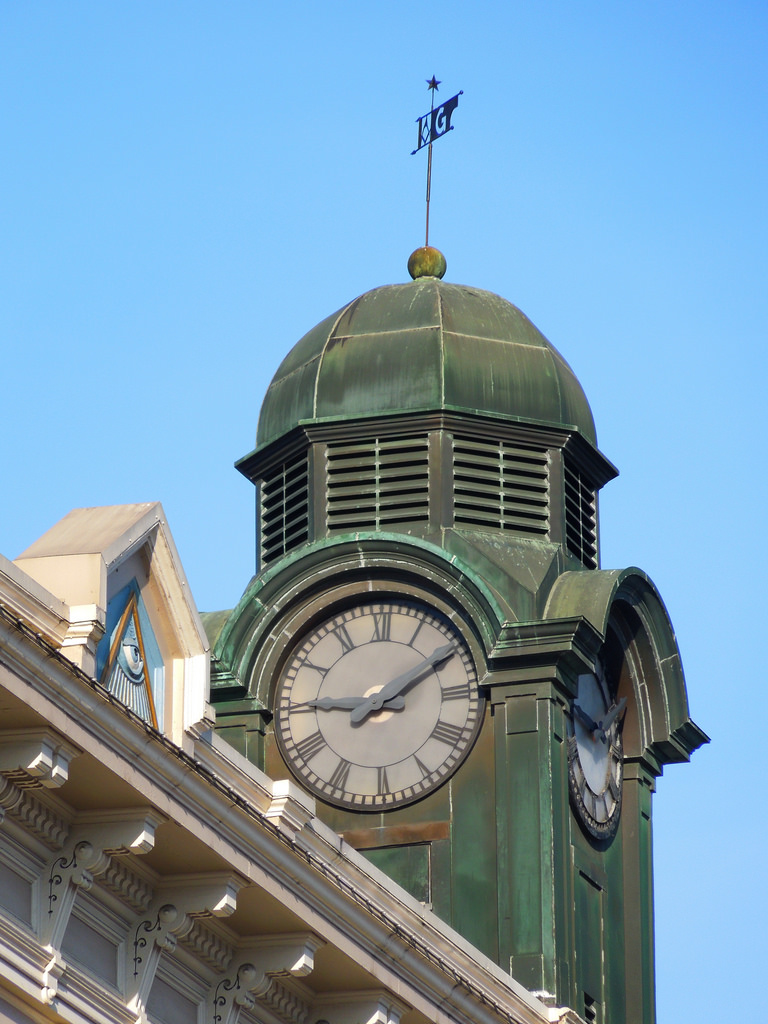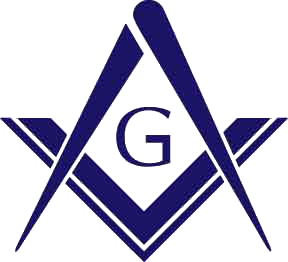In a stark change to decades past, Freemasons around the world have started wearing clothing and jewelry advertising their connection to the Craft. We often receive questions about who can and can’t wear particular symbols, what different symbols mean, and what symbols belong to what body of Masonry.
There are obviously many, many other symbols, insignias, and methods our Masonic family presents itself, but the below is a good cursory overview of what traditions and iconography are customary. See someone wearing a Masonic symbol? Don’t be afraid to say hi and introduce yourself!
– Christopher C. Wright, PM
Questions and Answers
Q: Is there any requirement for members to wear Freemason-emblazoned jewelry?
A: Not at all – a member may if they so choose, and many do, but there is no requirement of any kind
Q: Do Lodges provide jewelry to its members?
A: More often than not, no. A Lodge may gift a member jewelry such as a lapel pin for high milestones such as receiving the Hiram Award, or having been a member for fifty years, but otherwise jewelry gifts are between Brothers and not from the Lodge
Q: Why do Freemasons wear jewelry, hats, and jackets with the square and compass?
A: When you meet someone with the same interests as you, it forms an instant bond and starts a conversation. Such is the same with Freemasonry, where we are always happy to sit down and talk to a fellow Brother from around the world or around the block. We often wear our square and compass clothing and jewelry because we are proud of its long history, honorable reputation, and charitable causes.
Q: Who can wear Masonic jewelry?
A: This is probably the question we get the most often, and is easily the one for which there are the most opinions. Many Brothers suggest that only Master Masons wear the square and compass, or only members of a particular body wear their insignias. Others suggest that, as is often the case a son wants to honor their father even if they don’t want to join the Fraternity themselves, there is nothing inherently wrong with wearing the symbols of our order. When asked my opinion, I answered that it was up to each individual’s choice whether or not they feel comfortable wearing it.
Specific Insignias
Blue Lodge Jewelry: Most usually represented by a simple square and compass, these symbols represent membership in a Freemason Lodge. Insignia can also include a trowel, different pins indicative of a particular Masonic office, the Masonic apron, and others.
Past Master Jewelry: After having served a term as Worshipful Master, many Masons feel it is appropriate that they wear a mark of the title “Past Master.” Traditionally the sign is a square and protractor with blazing sun inside.
Scottish Rite: Some Master Masons decide to explore the Scottish Rite of Masonry, additional degrees that dive into different aspects of our history and tradition. After passing the 32nd degree of Scottish Rite Masonry many members wear the double-headed eagle insignia of that body.
York Rite: While each of the York Rite bodies (Royal Arch, Cryptic Council, and Commandery) often have their own pins and insignia, most often members who have attained the degrees of Knights Templar will wear medieval-inspired jewelry representative of that achievement.
DeMolay: One of the Masonic Youth Orders, members of the Order of DeMolay often wear their symbol, featuring a knight’s helmet sitting atop a crown, flanked by crossed swords.
Rainbow Girls: Another Masonic Youth Order, members of the International Order of Rainbow for Girls often wear a sign of the rainbow, particularly on earrings or necklaces.
The Mystic Shrine: The Ancient Arabic Order of the Nobles of the Mystic Shrine, usually shortened to “Shriners,” are often easily identified by their pins which show a scimitar holding up a portrait of an Egyptian pharaoh, burgundy fez, or the acronym AAONMS.


